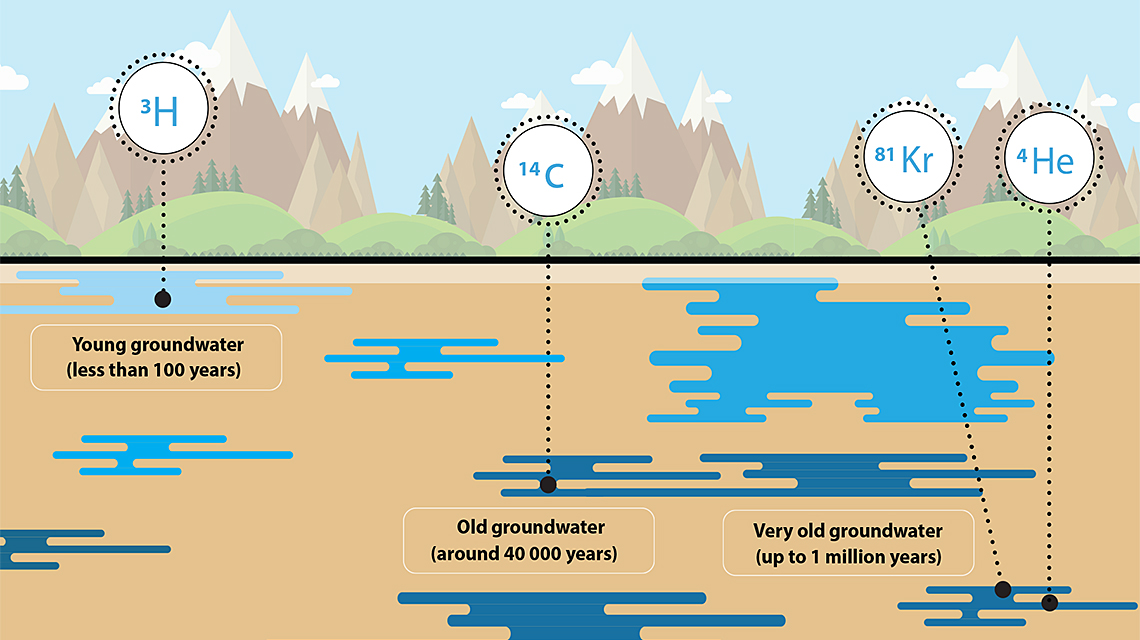管理水就像管理您银行账户的资金一样:您需要确切知道有多少钱进入,有多少可以取出,以及可能导致变化的原因。错误估计可能会产生严重的、可能持久的后果。在水世界中,这可能意味着水短缺或者水资源被污染、无法使用。
为了建立可靠的水资源预算,关键因素之一是了解水的确切年龄。对于更容易受当前气候条件和污染影响的新生水,科学家们使用氚/氦-3技术。通过这项技术和其他技术,来自23个国家的科学家正在与原子能机构合作收集有关水资源的数据。
“水的年龄可以说明它最可能的来源、补给速度以及被污染的可能性,”摩洛哥国家核能、科学和技术中心科学主任 Hamid Marah说。“利用氚/氦-3技术,我们可以知道水是1年、5年还是25年,而不仅仅认为它是新生、古老,或两者兼而有之。”
水的年龄可以从几个月到几百万年不等。例如,如果水是一年,这意味着它需要一年的时间来补充,更有可能受到当前气候条件和污染物的影响。如果水已有5万年的历史,则需要5万年的时间进行补充,并且不太可能受到当前气候变化的污染或影响。
几乎所有世界上可用的淡水供应都存在于含水层中,含水层是地球表面下的多孔渗透性岩层。它们含有的水被称为地下水。随着地下水的补给或补充,它最终流入大海或自然地流入地球表面,如河流、泉水和湖泊。
“对地下水的需求不断增长,加上农业、气候变化和人类活动的影响,使可持续性变得更加重要,” Marah说。“从含水层过多地提取水,水位会下降,这可能是灾难性的。我们谈的不是从现在起10到20年:它的影响持续几代。”
氚/氦-3技术是研究新生水即60年以下的水的最常用技术之一。从这些研究中收集的数据可以帮助决策者制定更有针对性和可持续性的水资源管理战略和政策。
“利用核技术进行水资源研究正在打破范式并改变我们对控制水文过程的关键驱动因素的传统理解,”哥斯达黎加国立大学同位素水文学家兼副教授 Ricardo Sánchez-Murillo说。“例如,在哥斯达黎加,使用同位素技术获得的结果正在为制订水管理计划和决定提供输入,帮助该国在2030年前实现联合国有关水问题的“可持续发展目标6”。


